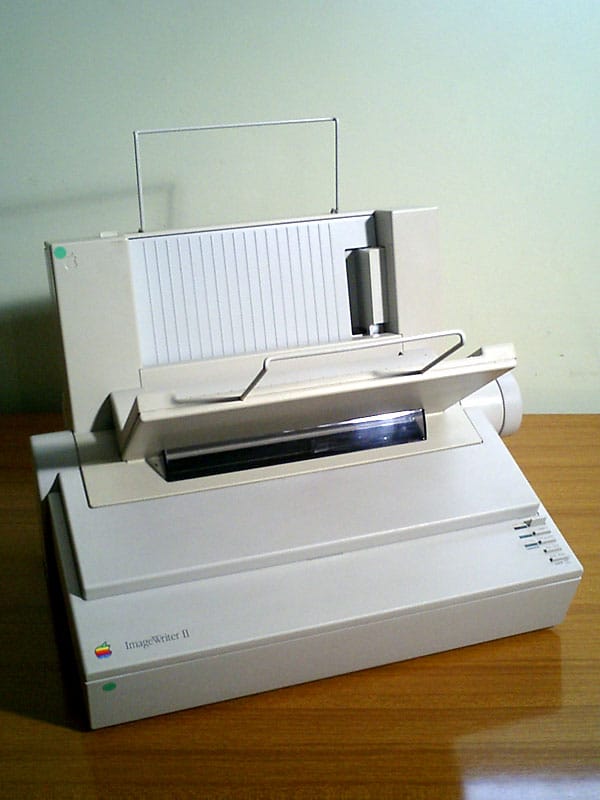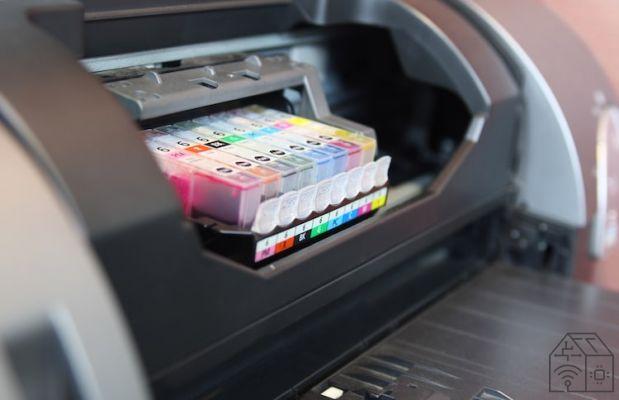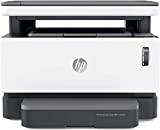
Dear readers, it is good not to lose good habits.
And so, before discovering with a brief historical overview how the computer printer has changed, let's give it a definition.
The printer (or print device) is an output device (i.e. receiving data from a computer rather than entering it, as input devices do). The printer's task is to print the data chosen by the user on paper. And it can already be seen once again how the latest technological advances would require an update of the definition: just think of 3D printers.
Now let's see how the printer has changed since its introduction to today.
How the printer has changed: the ancestors
A long time has passed since the invention of woodblock printing, the origin of which is traced back to seventh century China.
To identify the birth of the computer printer we must take a prodigious leap forward and land again in the mid-nineteenth century. It is in that era that we can identify the early ancestors of the modern printer: we are referring to the paper forms on which the telegraph signals in Morse code were imprinted.

The birth of the printer
To find out how the printer as we mean it today was born and changed, we need to focus on the 1970-1971 period. It is surprising, in fact, how within a few months three different types of printers are born and developed. Let's see them briefly one by one, even if for completeness of information it should be added that many date the first printer as far back as 1953. It would be a model designed by Remington Rand for the UNIVAC I computer.
The dot matrix printer
Needle matrix technology made its appearance in 1970 thanks to Centronics, but the few needles produced faded and poorly defined prints.
The leap in quality occurred with Epson's LQ printers, which introduced the 24-needle matrix: still on the market, they are also used for graphic printing.
The inkjet printer
The inkjet or inkjet printer is a technology developed by Casio since 1971. To be used is a piezoelectric head, which through the passage of the current performs a pressure on the sheet and allows the printing of the data.
But to understand how the inkjet printer has changed, it is necessary to know that the first models put on the market date back only to the early XNUMXs. Although some point to Canon as the first company to offer this type of printer, the very first commonly recognized inkjet models are those of the Thinkjet series from Hewlett Packard (HP).
The laser printer
The birth of the laser printer, a technology developed between 1969 and 1971, is to be attributed to the Xerox Corporation. The American company, born for the production of photocopiers, will have a special place in the imagination of many young Italians between the seventies and eighties, thanks to the Ranxerox comic series. Non-casual digression, which accounts for how the invention of the laser printer was welcomed as a small cultural revolution.
The idea came in 1969 to Gary Starkweather, employee and researcher of the company. It took nine years before the Xerox 1977, the first commercial laser printer, was launched on the market in 9700.
To understand the speed with which the laser printer has changed in the first few years, just think that in 1979 IBM introduced the IBM 3800, capable of printing up to 20.000 lines per minute.
In 1984 it will then be the turn of Apple and HP.

Multifunction printers
For several years now, multifunction or all-in-one printers have been found in many offices and homes. That is a single hardware block that allows you to print, photocopy, scan and (who knows who still uses it) send faxes. And that is almost always equipped with wireless technology.
Discount
 HP LaserJet Neverstop 1202nw 5HG93A, Multifunction Printer ...
HP LaserJet Neverstop 1202nw 5HG93A, Multifunction Printer ...
- Connectivity: USB + Ethernet + Wi-Fi
- Print only in black and white, manual double-sided printing
- Scan and copy, double-sided manual scanning, without automatic document feeder
3D printers
But to understand how the printer has changed, and especially how it will change, we must turn to 3D models.
Patented in 1986, the 3D printer has only come into use in recent years. In 2014, a team of architects from Amsterdam “built” a house previously developed on the construction site.
The 3D printer makes it possible to create three-dimensional objects thanks to the so-called additive manufacturing. That is, starting from a digital 3D model and processing it three-dimensionally layer by layer.
It goes without saying which ones enormous potential has this printing method, from the architectural to the medical field (and not only). For now, the biggest obstacle remains that of costs, even if just as tangled are the costs nodes of workplace safety and legal aspects. Since, potentially, anything could be created with 3D printers, including toxic objects or weapons.




















![[Review] Samsung Powerbot VR7000: the robot vacuum cleaner from Star Wars](/images/posts/6bc44de38605b5c0fa12661febb1f8af-0.jpg)





